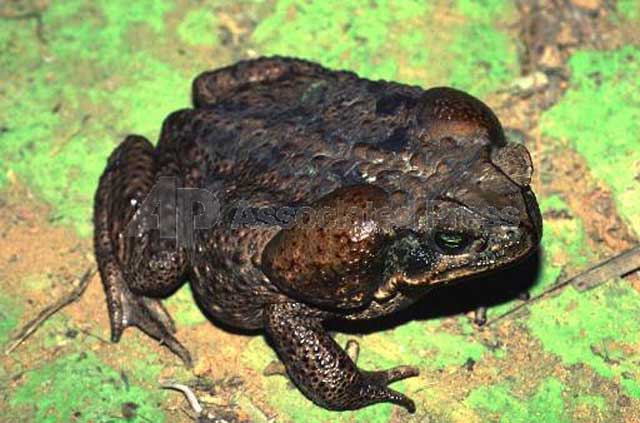Solved: Mystery of the sex-change toads
New studies pin blame for decline on farm pesticides

There may have been nothing quite like it since Mr Toad escaped from jail disguised as a washerwoman. But a century after Kenneth Grahame's 1908 classic Wind in the Willows, the warty amphibians have been found to be suffering even greater gender confusion.
American scientists are about to publish research showing that male toads on intensively farmed land are changing sex. And the study may provide a clue as to why the world's amphibians are disappearing faster than any class of species since the dinosaur.
The researchers, from the University of Florida, studied one of the toughest and most aggressive of all amphibian species – the cane toad, Bufo marinus, whose indestructibility has caused it to become a plague over much of Australia – only to find that it is being, literally, unmanned.
As they will report in a forthcoming issue of Environmental Health Perspectives, 40 per cent of the males examined from a heavily farmed part of the state had become hermaphrodites, possessing both testes and ovaries, and taking on feminine colouring and body characteristics. Another 20 per cent, while outwardly male, had undergone some feminisation.
The results will be buttressed by a Canadian study – to be published in Aquatic Toxicology – which finds a similar link between farming and sex changes in local northern leopard frogs.
The Florida scientists conclude that the changes are likely to be "the result of multiple exposure to several chemicals at various concentrations over the lifetime of the toads". Previous, disputed, studies have suggested that some pesticides may have this effect on amphibians, while research at Yale University found that male green frogs were being feminised much more often in suburban gardens than on farmland.
Whatever the cause, the phenomenon may explain why amphibians are now the most endangered class of animal on the planet. More than 120 species are believed to have become extinct, and almost a third of those that are left are in danger.
The main cause of the decline had been thought to be a fungus spread by African clawed frogs, which were exported around the world in the 1940s for pregnancy testing. But scientists increasingly believe other factors are at work.
Join our commenting forum
Join thought-provoking conversations, follow other Independent readers and see their replies
Comments
Bookmark popover
Removed from bookmarks